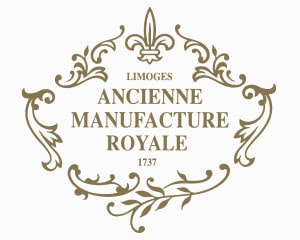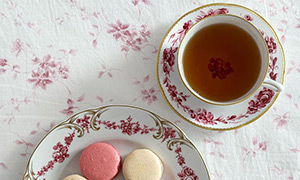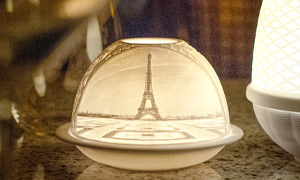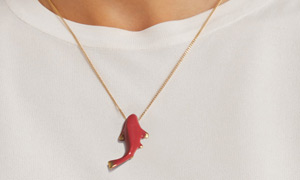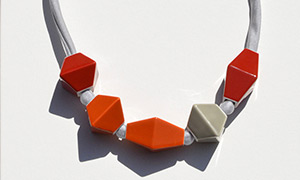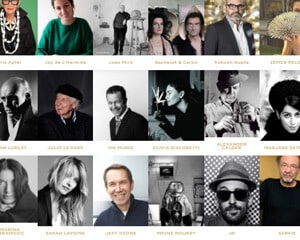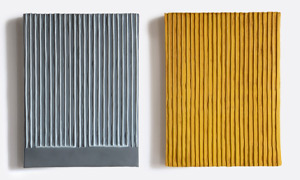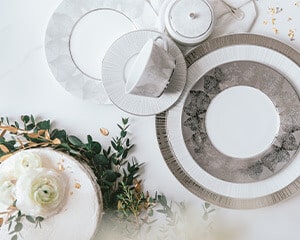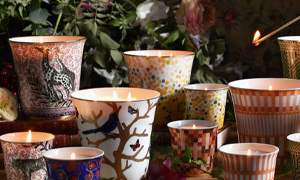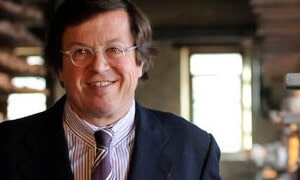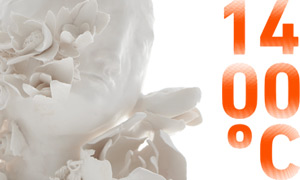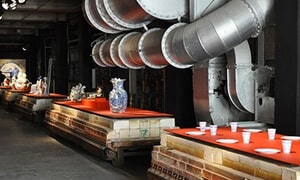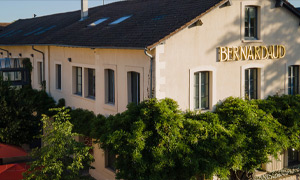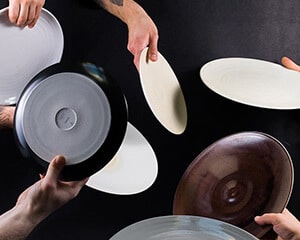DESIGNERS
Porcelain offers simple, everyday luxury. With this in mind, Bernardaud asks designers to create beautiful, utilitarian objects that make the most of porcelain’s exceptional properties.
The Manufacture Bernardaud began to work with designers back in 1967, when industrial design was just coming into its own.
Bernardaud commissioned its first dinnerware service from the ‘‘father of industrial design’’ Raymond Loewy, whose motto was: ‘‘Ugly does not sell.’’ Loewy proceeded to create Ariès, a tableware set whose geometric design is characterized by great purity of line. His use of stark white porcelain revolutionized the industry in Limoges and marked a turning point in Bernardaud’s approach to design. For the first time, designers asked: ‘‘What’s this object going to be used for?’’ as the first step in the design process. Turning to a famous designer like Loewy for a dinnerware service was a bold move on Bernardaud ‘s part, one that helped Limoges porcelain consolidate its market dominance.
Since 1967, Bernardaud has encouraged creative research in many different directions, resulting in a profusion of items for every room in the house. Bernardaud’s cooperation with designers has yielded dozens of objects, each one a new source of everyday pleasure. In a very natural way, porcelain has become an integral part of contemporary life, and being so remarkably durable, is likely to stay that way!
ARTISTS
Many artists, like designers, are fascinated by porcelain. Following a long-standing company tradition, Bernardaud enlists artists to create a specific object or freely explore the possibilities of «white gold». Unlike designers, who create an object for a given purpose and to precise specifications, artists engage in a process of independent reflection and experimentation. Over the years, Bernardaud has crossed paths with many of the artists that have helped write the history of the ceramic arts. Works created by artists at Bernardaud’s workshops are usually suitable for limited editions rather than long production runs, because their fabrication involves special demands and a higher level of complexity.





